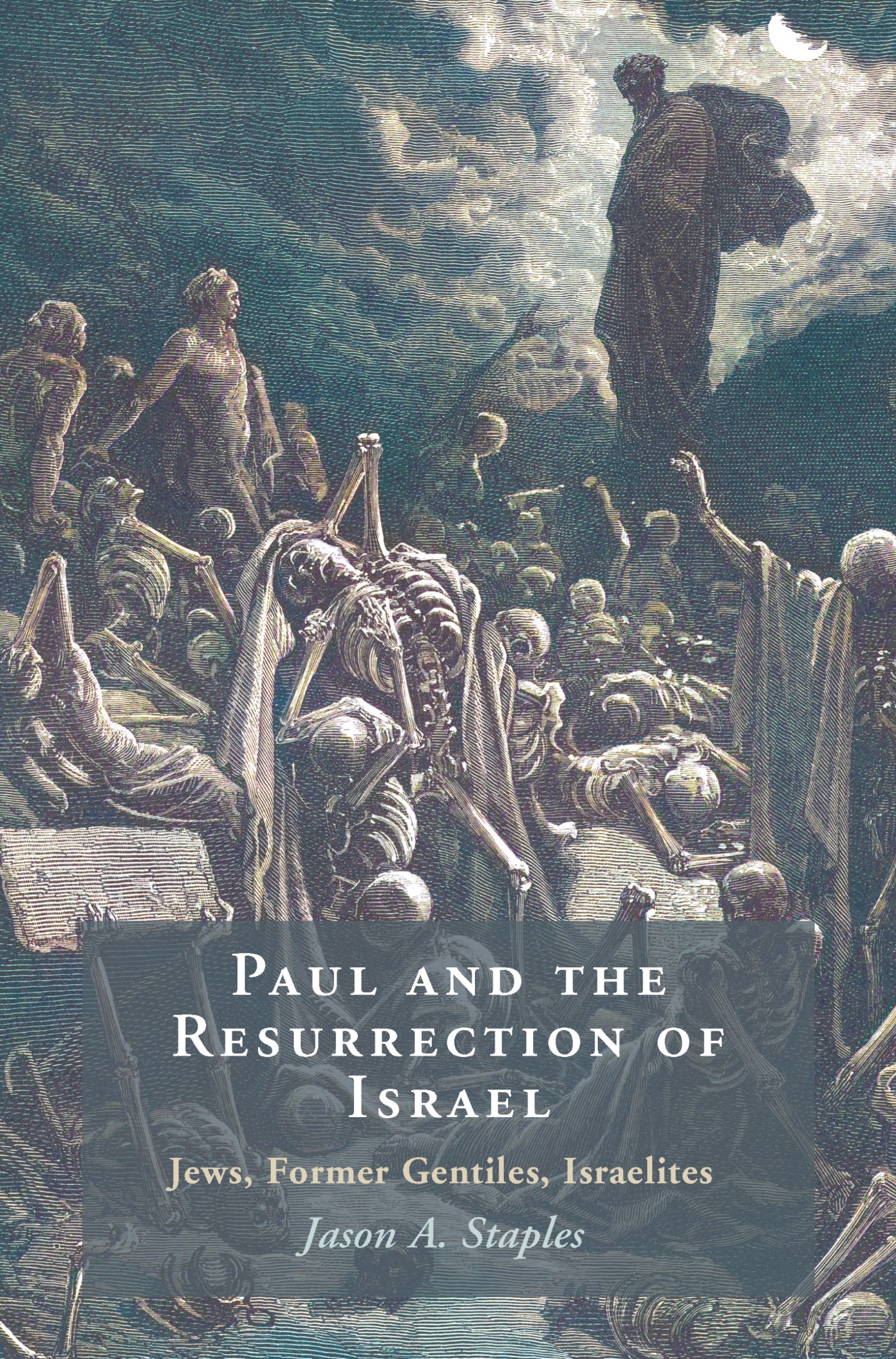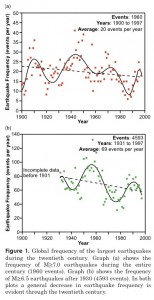In yet another example of scientists from other disciplines assuming they can do social science by simply plugging some data into a statistical model, CNN is reporting that a team of mathematicians have—through statistical analysis of census data from the last century—predicted that religion will all but die out in several countries. It’s based on math, so it must be a good study, right? Well, as it turns out, the study rests on almost comical social assumptions and makes almost unbelievable extrapolations based on thin data.

For example, based on Ireland going “from 0.04% unaffiliated in 1961 to 4.2% in 2006, our most recent data point,” the study concludes that religion should be expected to die out in Ireland one day. This kind of conclusion defies credulity; sure, that’s a statistically significant change, but it’s a far cry from being a trend from which one can extrapolate all that far.
But the bigger problem is that—unlike the authors’ previous work on mathematical models dealing with dying languages—religious trends are as complex and variable as human beings themselves. As Barry Kosmin, a demographer of religion at Trinity College in Connecticut, points out in the CNN writeup: “Religion relies on human beings. They aren’t rational or predictable according to the laws of physics. Religious fervor waxes and wanes in unpredictable ways.” Just when religion appears to be permanently on the wane, there’s another “Great Awakening,” an influx of religious fervor from elsewhere (such as Islam moving West), or a new religious movement to completely reverse the trend. Daniel Abrams, the study’s lead author, appears oblivious to the way these things have worked in the past:
Every single data that we were able to find shows that people are moving from the affiliated to unaffiliated. I can’t imagine that will change, but that’s personal opinion, not what the data shows.
Here’s guessing that Abrams himself has moved from “affiliated” to “unaffiliated” and can’t imagine anyone going back to religion once they’ve left for that reason.
Moving on from foolhardy extrapolations, the two primary assumptions underlying the models are grossly flawed.
The first is that it’s more attractive to be part of the majority than the minority, so as religious affiliation declines, it becomes more popular not to be a churchgoer than to be one, he said – what Abrams calls the majority effect.
“People are more likely to switch to groups with more members,” he said.
Social networks can have a powerful influence, he said.
“Just a few connections to people who are (religiously) unaffiliated is enough to drive the effect,” he said.
The other assumption underlying the prediction is that there are social, economic and political advantages to being unaffiliated with a religion in the countries where it’s in decline – what Abrams calls the utility effect.
“The utility of being unaffiliated seems to be higher than affiliated in western democracies,” he said.
Abrams and his co-authors are apparently entirely unaware of the sociological work of Rodney Stark or Christian Smith, each of which which entirely undermines these assumptions. As it turns out, once a religion becomes too much of a majority, to the point where membership in the culture at large is effectively synonymous with being a member of that religion, it begins to lose steam. In contrast, (as discussed in this space before), religious movements that aren’t just associated with the wider culture have a better chance to grow (as Liz Clark summarizes):
Religious movements demanding adherence to strict doctrine and practice grow, while groups modernizing their doctrine and embracing the values of wider society decline … a claim that runs counter to the prevailing secularization hypothesis. …. Religions thrive best when costs are high and alienation from the larger society great, as was the case when Christians were subject to persecution. Cost-benefits analysis shows that ‘expensive’ Christianity was perceived as a good inevestment.
This is what will inevitably throw a monkey wrench into the mathematical models of anyone who expects religion to die out: as religion grows less popular, it will eventually reach a point where the groups that are still around actually gain popularity as a result of their very counter-cultural status. So while Abrams is right that to a certain point “it’s more attractive to be a part of the majority than the minority,” this is simultaneously combined with the human desire to be unique, to be set apart from the crowd in some way, to “be one’s own person.” So there’s actually a point in which it’s more attractive to be a part of the minority than the majority. Human beings tend to operate in between these poles, pulled in each direction by the gravitational forces of their own nature. Any study that doesn’t grasp this latter tendency is doomed to fail, as it fails to understand a very fundamental aspect of human nature.




